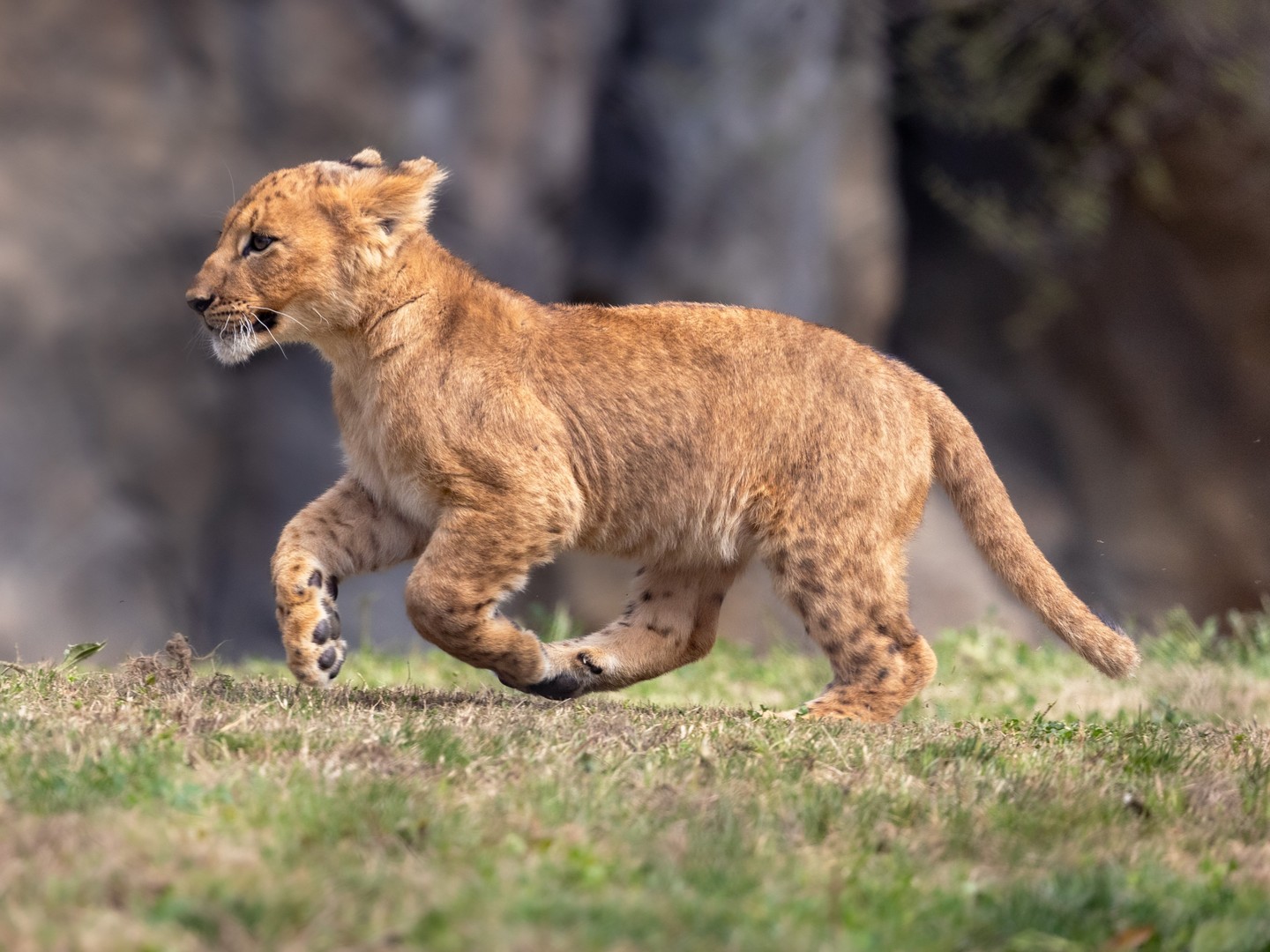- The ecology and behavior of lion cubs: understanding the natural habitat and daily activities of young lions.
- Observational highlights: developmental milestones, interaction patterns, and the importance of play for lion cubs Taraj and Asali.
- The role of zoos in conservation: the significance of modern zoos in the survival and protection of lion species.
- Insights into zoo management: strategies for providing enriching environments for lions and maintaining their health and wellbeing.
- Lion conservation efforts and challenges: comprehensive view on global efforts to safeguard lion populations from various threats.
Lion cubs are among the most charismatic of feline offspring. Their playfulness and developing personalities captivate visitors worldwide. In the fascinating environment of African Adventure, young lions Taraj and Asali are now more frequently observed exploring their habitat. As they mature, understanding their behavioral patterns offers significant insights into both their immediate world and broader ecological dynamics.
Lion cubs typically inhabit the savannahs and woodlands of sub-Saharan Africa. In these ecosystems, they start life as vulnerable members of a lion pride, relying heavily on their mothers for protection and nourishment. As they grow, cubs illustrate a variety of behaviors that serve educational purposes for both wildlife enthusiasts and scientists. Observing these behaviors allows us to recognize the transition from dependency to the territorial adolescents they eventually become.
In early life, lion cubs engage in extensive play, which is more than mere entertainment. Through activities such as pouncing, stalking, and playful wrestling, they hone the skills necessary for hunting and social interaction within the pride. For Taraj and Asali, such play is crucial for their physical development and for establishing social bonds. Play also teaches important life skills, such as coordination and problem-solving, which are essential for survival in the wild.
Zoos like African Adventure offer an invaluable platform for observing these developmental milestones firsthand. They provide environments designed to mirror natural habitats while ensuring safety and welfare. It is in places like this that scientists can study the nuances of cub development, producing data that helps improve both captive care practices and wild conservation strategies.
Today, zoos are essential in the fight against the extinction of many species, including lions. Through breeding programs and public education, zoos raise awareness about the various threats these majestic creatures face in the wild. Threats such as habitat loss, human-wildlife conflict, and poaching have dramatically decreased lion populations. Zoos act as genetic reservoirs and educational hubs, inspiring conservation action and fostering a connection between humans and wildlife.
Furthermore, the location and design of habitats within zoos are crucial for facilitating genuine learning and engagement. For instance, creating an enriched environment with opportunities for natural behaviors like climbing, digging, and hunting pretend prey offers both physical and mental stimulation for lions like Taraj and Asali. Enrichment activities are pivotal in ensuring that zoo animals maintain naturalistic behaviors and remain physically active.
Zoo management teams work diligently to balance visitor engagement with animal welfare. This entails meticulously monitoring health markers, dietary needs, and social structures within captive groups. Successful zoo operations also focus on achieving sustainable breeding programs, which are critical for maintaining genetic diversity. By fostering healthy populations within zoos, there is the potential to reintroduce individuals into wild spaces, thereby reinforcing dwindling populations.
Conservation of lion populations requires global cooperation. Organizations worldwide work together to understand and address the various challenges lions face. This includes tackling issues like human encroachment on their habitats and direct threats from hunting. National parks and wildlife reserves form a critical part of conservation strategies, serving as places where lions can live with minimized human interference. Partnership between zoos and conservation groups ensures the sharing of knowledge and resources, crucial for effective interventions in the field.
In summary, the presence of curious lion cubs like Taraj and Asali at African Adventure offers an intimate glimpse into the complex lives of growing lions. By observing these captivating creatures, we gain insights that propel both our understanding and our capacity to conserve these species in the wild. Zoos represent a vital intersection of education, conservation research, and efforts to ensure that future generations can witness these magnificent animals in their natural splendor. With concerted efforts, the tale of the lion can be one of endurance and resurgence rather than decline. Through enriched habitats and robust conservation practices, we can foster a future where lions continue to roam both our protected spaces and safeguarded wild lands.
*****
Source Description
Guess who’s been spotted exploring their habitat? Our curious lion cubs, Taraj and Asali, are venturing out more each day! 🦁👀 Watch them pounce, play, & practice their mini roars. It’s cuteness overload at African Adventure! Be sure to see them during your next visit 🥰


